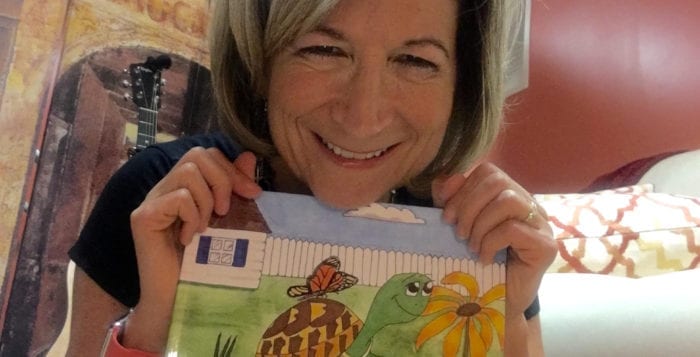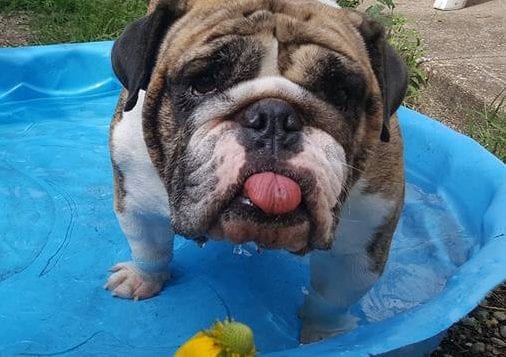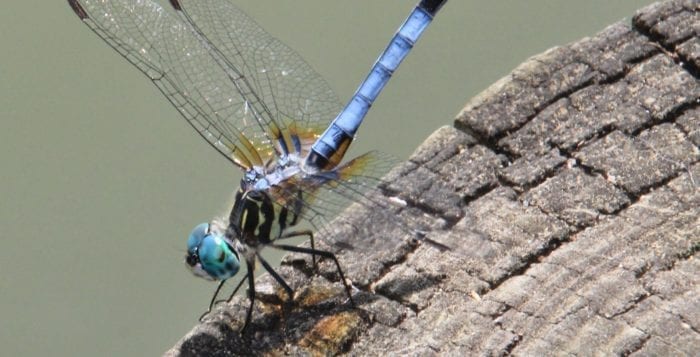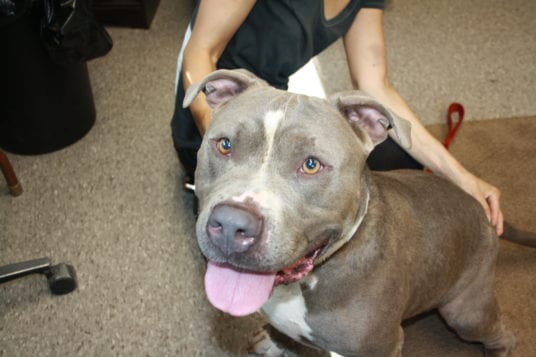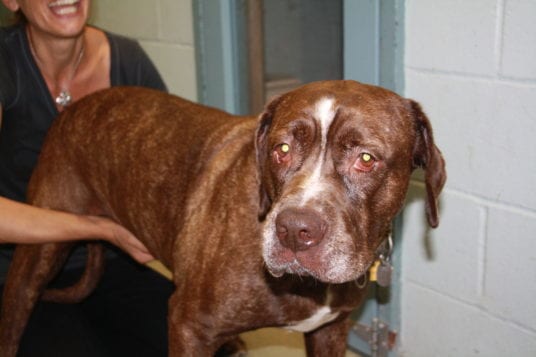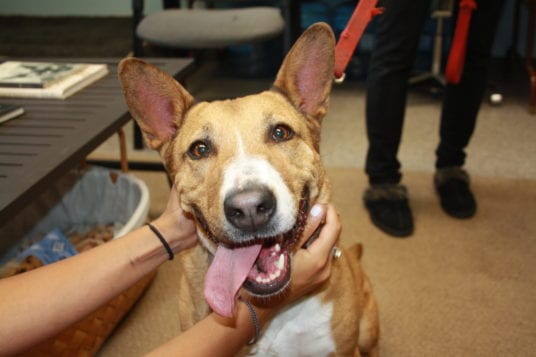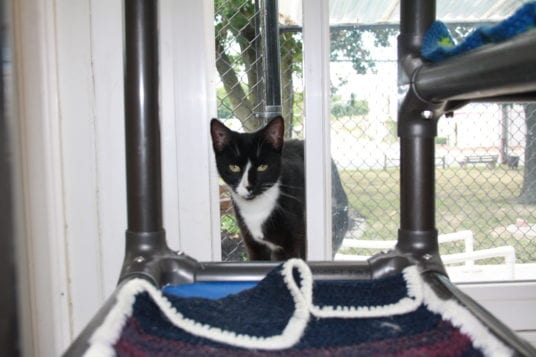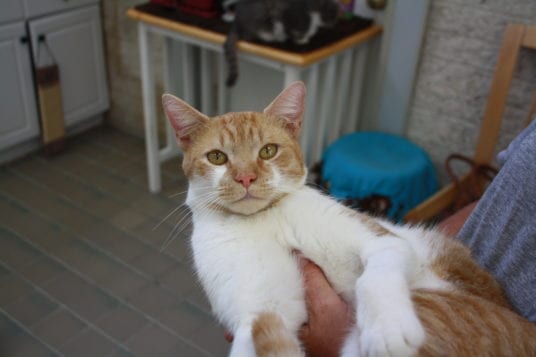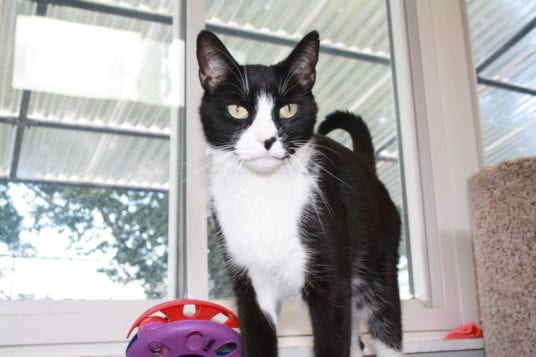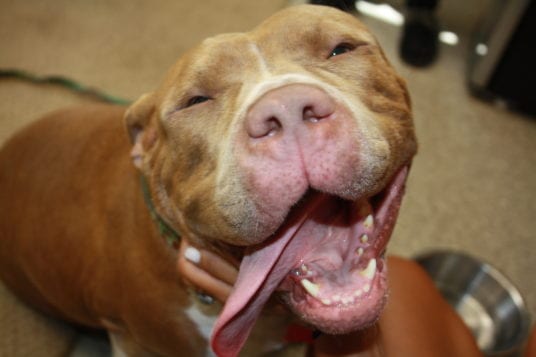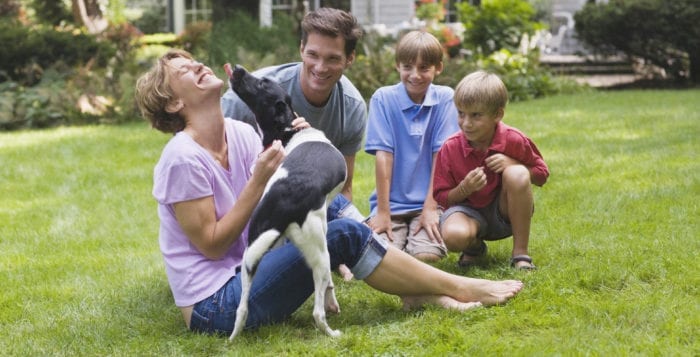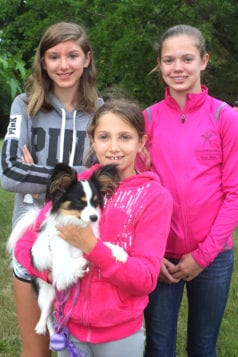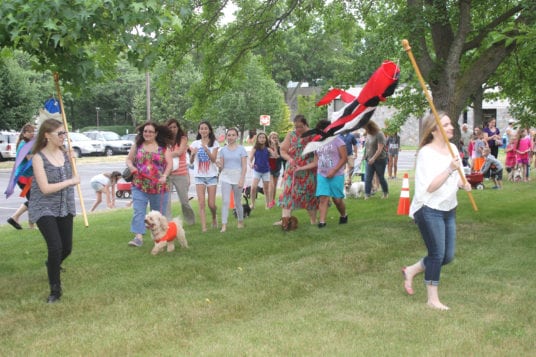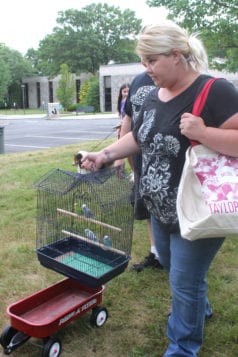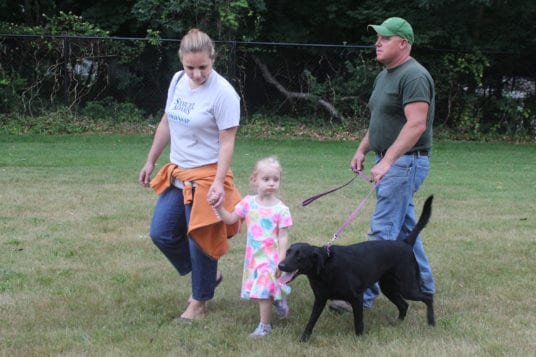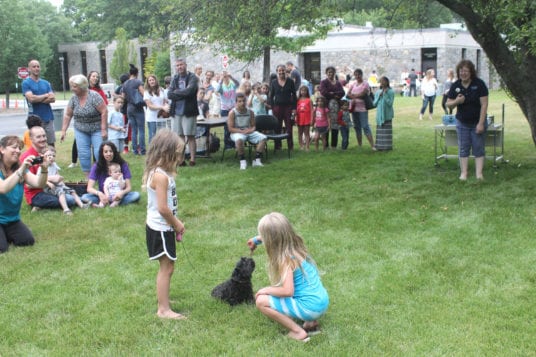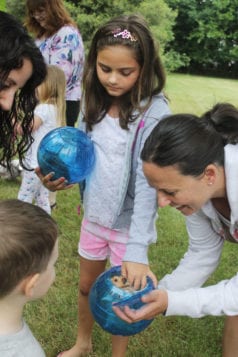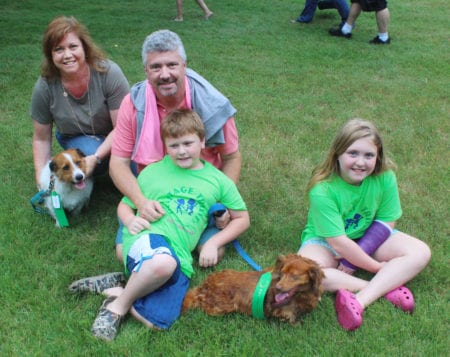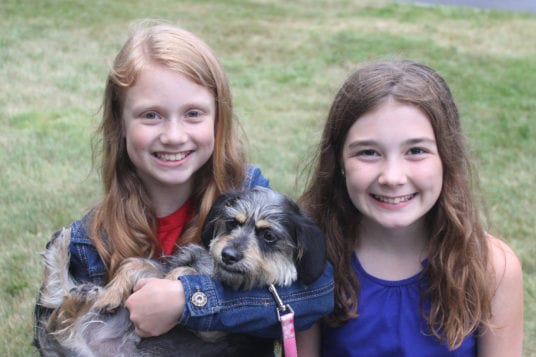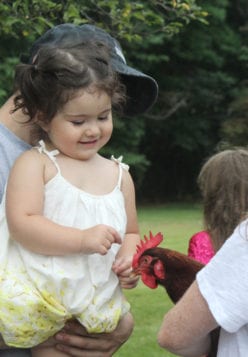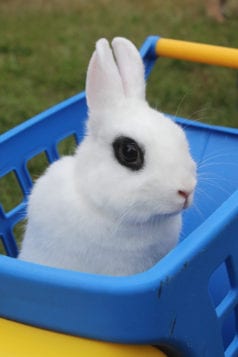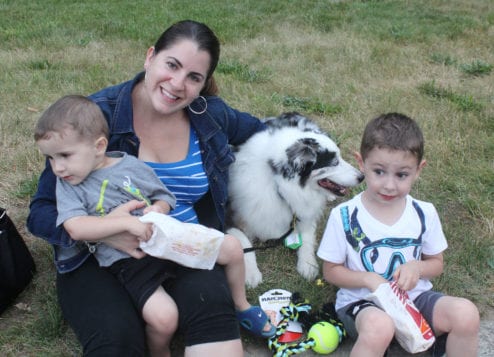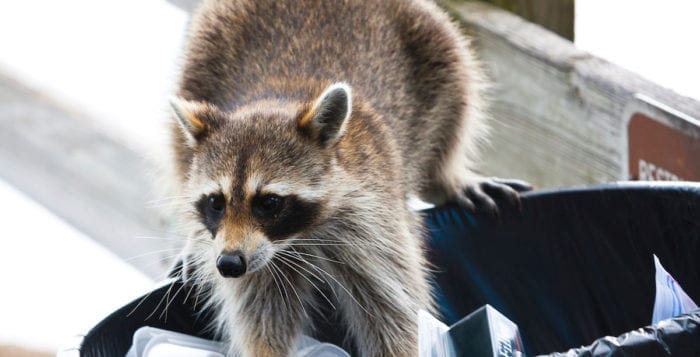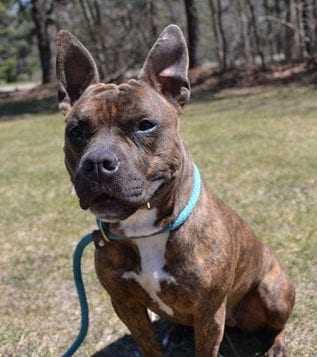Reviewed by Rita J. Egan
When Commack resident Nancy Lang-Feldman wrote a story to comfort her sister Susan, it turned into her first children’s book, “Hermann Finds Home.” The heartwarming tale tells the story of Hermann, a cute, lovable tortoise, who sets out on an unexpected adventure. Recommended for children from 4 to 8 years old, the book, which includes some interesting facts about tortoises, is not only fun but educational, too. Lang-Feldman recently took time out from preparing for her book’s Sept. 6 debut to answer a few questions about “Hermann Finds Home.”
Tell me a little bit about your background.
I started out as a fine arts major in college, then switched to journalism. I spent my career as a magazine editor. After being laid off in 2006, I enjoyed not having to commute into Manhattan for a while. Then I was offered a freelance gig with Consumer Reports, working on its twice-yearly Electronics Buying Guide, but that special issue was discontinued last year. I think the pause from constant work was very beneficial for me, because I had the free time to get my creative juices flowing.
What inspired you to write ‘Hermann Finds Home’?
I never actually intended to write a children’s book. But my sister Susan was very distraught over the loss of her tortoise Hermann. So one night, while sitting on the couch watching “Two and a Half Men” reruns, I thought, “I wish there were a way I could make Susan believe Hermann might still be OK.” So in 20 minutes, the story of Hermann was born. Then I decided I would go all the way and illustrate it and present it to her as a Chanukah gift. This process was much more time-consuming; it took a few months, and I was just barely able to get it done in time to present it to her at her annual family Chanukah party. But when, with tears in her eyes, she said it was the best present she’d ever gotten, I knew it was totally worth all the time and effort.
How would you describe Hermann the Tortoise?
Hermann is an adorable tortoise who just wants to love and be loved. He enjoys playing with children and has a penchant for strawberries.
How would you summarize the book?
Well, as I mentioned, “Hermann Finds Home” is the story of my sister’s tortoise. So the first part is about how Susan, a school teacher, adopts Hermann from a boy who brought him to school. Hermann spends winters with Susan at school and summers with Susan at the day camp where she works. Tragically, one morning, when Susan arrived at camp, she learned that Herman had disappeared from the building in which the animals slept at night. (Hermann spent weeknights at camp and weekends with Susan.) There was no sign of damage to his habitat, so his disappearance was a mystery. Susan was devastated. She had grown very attached to Hermann, and he had become a member of her family. The camp staff searched high and low for Hermann, but they found no sign of him. The rest of the story is obviously fiction, as Hermann tells the story of how he sets out in search of Susan.
How did it feel when you received the finished version of the book from the publisher?
We had just gotten home from a long weekend, and there was a big stack of boxes in front of the house. At first, I thought they were for my husband, but then I realized what they were, and I was very excited. The publisher did a great job and the books look fantastic.
A portion of the proceeds from the sale of your book will be donated to Galapagos Conservancy. Why did you choose this organization?
A few years back, my husband and I cruised the Galapagos Islands, an archipelago of volcanic islands near Ecuador. The islands have been on my bucket list for many years, and the trip turned out to be everything I dreamed it would be. It’s a very special place that’s home to the greatest number of animal species found nowhere else on Earth. And as we all learned in school, Charles Darwin’s study of these species led to his theory of evolution. The islands’ fragile ecosystem is in dire need of protection, and Galapagos Conservancy has done incredible work toward this end. I want many future generations to be able to get up close and personal with the blue-footed boobies, the Galapagos penguins and, of course, the amazing giant tortoises, which can be found in only one other place on the planet.
Darwin Animal Doctors is also receiving a part of the proceeds. Why did you choose it?
Darwin Animal Doctors is another great organization. It helps protect the biodiversity of the Galapagos by providing lifesaving veterinary care to its endemic wildlife and free spaying and neutering of domestic animals.
In the About the Author section, it’s mentioned that you and your sisters always had turtles growing up? Do you remember how many?
My first experience with turtles was when my cousin Lori and I visited my aunt Lillian, who lived across the street from Coney Island Amusement Park. She would give us each $2 to spend however we wanted, and I spent mine on a little green turtle. We left it in the car when my parents came to get us, and it died of sunstroke. I cried hysterically until my parents bought me another one to quiet me down, and I always remember my sisters and I having at least one turtle ever since, until I was about 15.
What do you hope children will learn from reading your book?
While the love of a child for his or her pet is very special, it is also important for animals to experience the love and companionship of their own kind. Like humans, animals do feel love — and loss — whether for the children or adults who care for them or for their own mates and offspring.
Do you have plans for a new book?
I have some Hermann sequel ideas percolating in my head, but I’d like to make Hermann famous before I take him to the next level. Let’s hope everyone loves him as much as Susan and I do.

Little readers can meet Lang-Feldman at the “Hermann Finds Home” launch party at Book Revue, 313 New York Ave., Huntington, on Sept. 15 from 7 to 9 p.m. In addition to the author signing copies, the event will include a reading by her sister Susan, as well as face painting and a crafts project. Lang-Feldman said she also hopes to bake some of her Hermann the Tortoise cookies for the party. After Sept. 6, “Hermann Finds Home” may be purchased online at Amazon and Barnes & Noble as well as other bookstore websites. For more information or to purchase a signed copy of the book, visit www.hermannfindshome.com.

